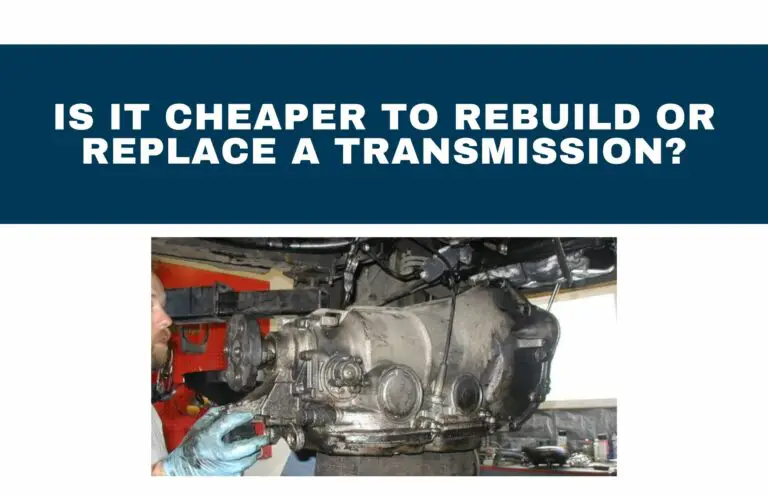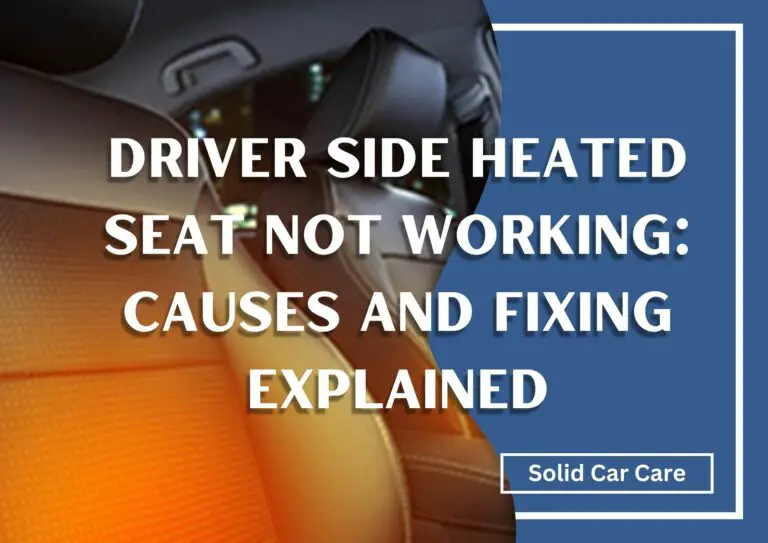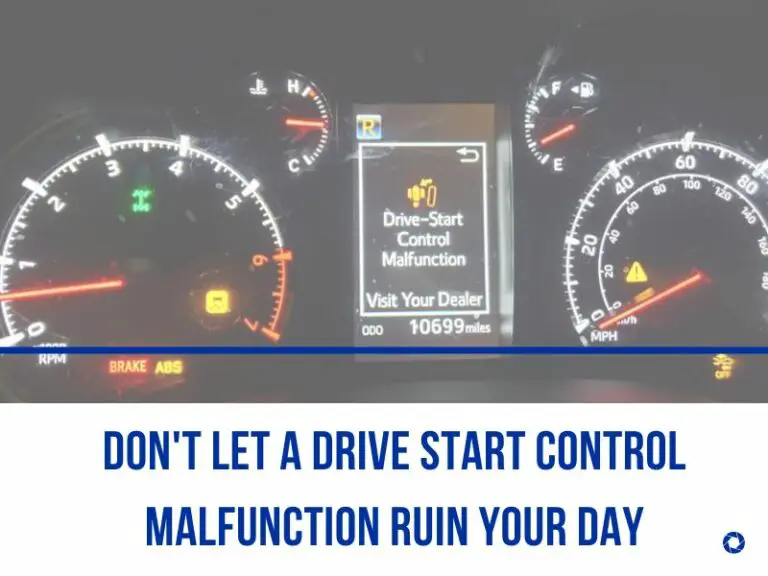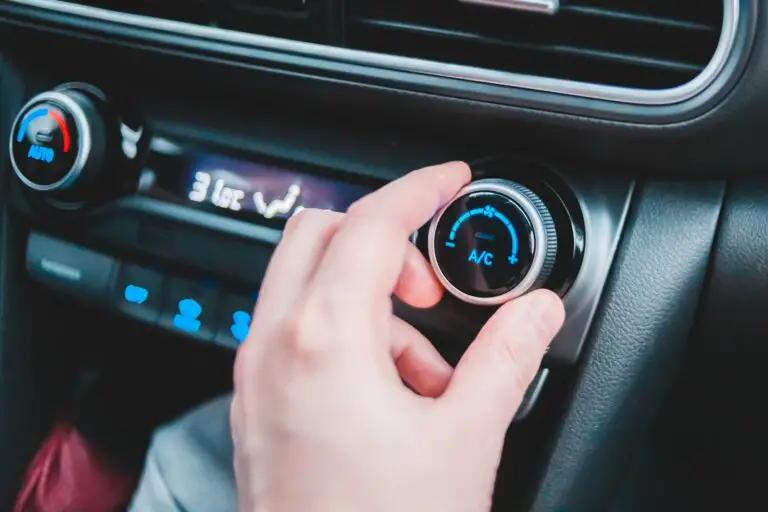Manual Transmission Noise, Goes Away When Clutch Pressed; Why?
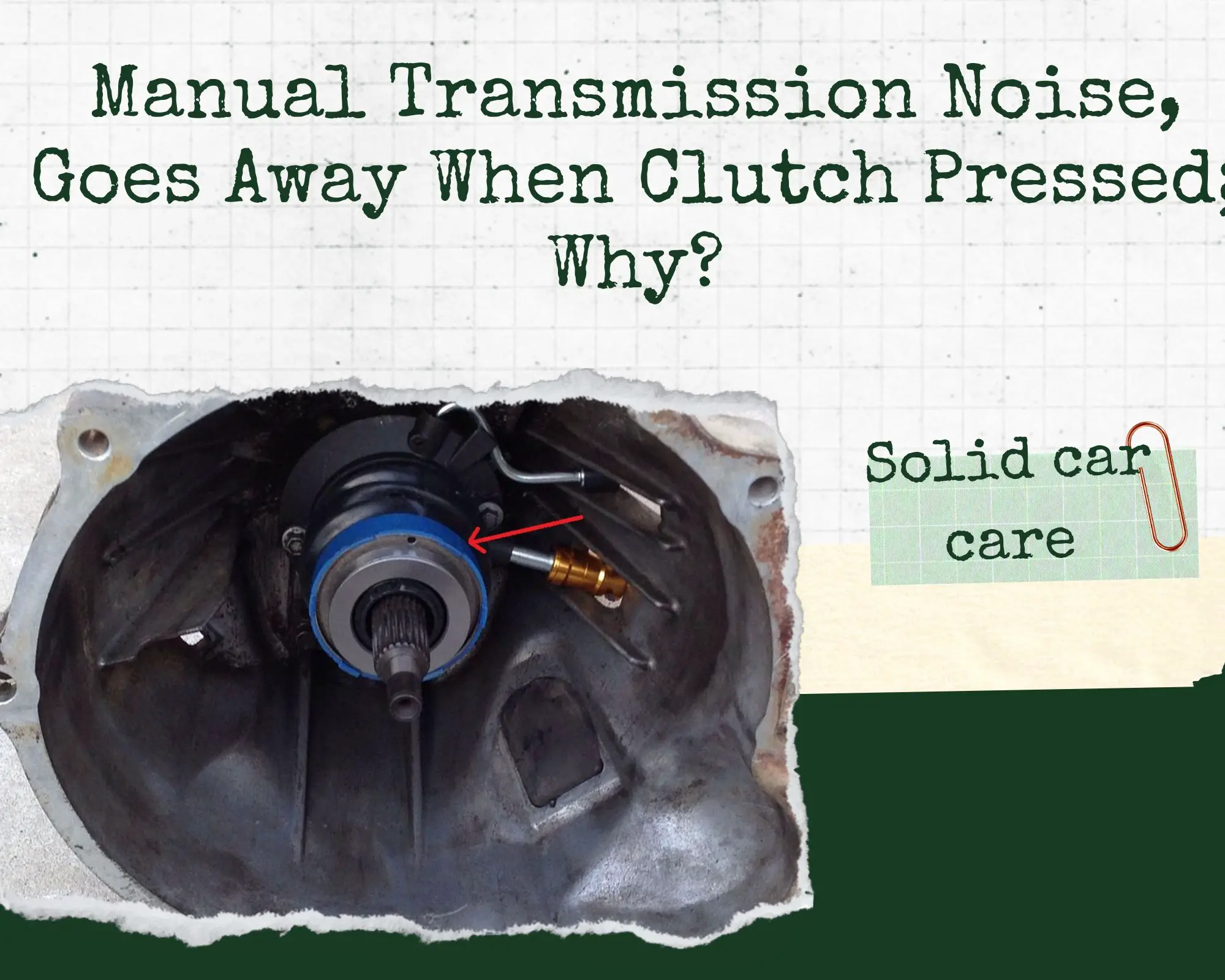
Are you tired of the mysterious noise in your manual transmission that seems to magically disappear whenever you press the clutch? Well, buckle up, because we’re about to uncover the secrets behind this perplexing phenomenon.
While it may initially seem like a minor annoyance, ignoring this issue could lead to more serious problems down the road.
So, what could be causing this strange noise? And more importantly, how can you fix it? Stay tuned as we delve into the possible causes and solutions, and discover how you can regain a smooth and silent driving experience.
Key Takeaways
- A manual transmission noise that goes away when the clutch is pressed can be caused by various factors such as a worn throwout bearing, pilot bearing, or input shaft bearing.
- The throwout bearing can produce a whining, grinding, or squealing noise, which disappears when the clutch is pressed due to reduced pressure on the bearing.
- A worn pilot bearing can result in a rattling or clunking noise when the clutch is not engaged, but the noise stops when the clutch is pressed because the shaft stops spinning.
- An input shaft bearing that is worn may create a whine or hum that changes with engine speed and goes away when the clutch is pressed due to reduced load on the bearing.
Table of Contents
- Key Takeaways
- Possible Causes of Manual Transmission Noise
- Less Common Reasons for Transmission Noise
- Recommendations for Diagnosing Transmission Noise
- Conclusion
Possible Causes of Manual Transmission Noise
Now let’s delve into the possible causes of manual transmission noise.
Three common culprits to consider are the throwout bearing, the pilot bearing, and the input shaft bearing.
The throwout bearing, when worn, can produce a whining, grinding, or squealing noise that disappears when the clutch is pressed.
Similarly, a worn pilot bearing or input shaft bearing can cause rattling, clunking, or humming noises that go away when the clutch is engaged.
Throwout Bearing
The throwout bearing is a component of the manual transmission that can cause noise when it becomes worn or damaged. This bearing is responsible for disengaging the clutch when you press the pedal. If it becomes worn, it can produce a whining, grinding, or squealing noise.
However, when you press the clutch, the pressure on the bearing is relieved, and the noise disappears. It’s important to address this issue promptly, as a damaged throwout bearing can lead to further damage to the clutch system.
To diagnose this problem, listen carefully to the noise and pay attention to any other symptoms, such as difficulty shifting gears. It’s recommended to have your car inspected by a qualified mechanic who can accurately identify the source of the noise and provide appropriate repairs or replacements.
Pilot Bearing
If you are experiencing a rattling or clunking noise when the clutch is not engaged, the possible cause could be a worn pilot bearing in your manual transmission. The pilot bearing is a small bearing that supports the transmission input shaft. When it becomes worn, it can create a rattling or clunking noise when the clutch is not engaged. However, when you press the clutch, the noise disappears because the spinning of the input shaft stops.
To help you understand the possible causes of manual transmission noise, here is a table summarizing some common culprits:
| Possible Cause | Description |
|---|---|
| Throwout bearing | Helps disengage the clutch, can make whining, grinding noise |
| Pilot bearing | Supports the transmission input shaft, can make rattling or clunking noise |
| Input shaft bearing | Supports the transmission input shaft, can make a whine or hum noise |
| Gearbox whine | Normal in some cars, especially older ones |
| Clutch disc | Worn or warped disc can make chattering or grabbing sound |
Input Shaft Bearing
When diagnosing a manual transmission noise, one possible cause to consider is a worn or damaged input shaft bearing. This bearing supports the transmission input shaft and can make a whining or humming noise if it’s worn. The noise may change with engine speed and go away when you press the clutch because the load on the bearing is reduced.
To further investigate this issue, there are a few steps you can take. First, listen carefully to the noise and try to describe it as accurately as possible. Second, pay attention to any other symptoms, such as difficulty shifting gears or grinding when engaging gears.
Less Common Reasons for Transmission Noise
Now let’s explore two less common reasons for transmission noise: gearbox whine and a worn or warped clutch disc.
In some cars, a slight gearbox whine is normal, especially in neutral, and may become more noticeable when the clutch is engaged due to the load on the gears.
A worn or warped clutch disc can also produce noise, particularly during clutch engagement or disengagement, which may sound like a chattering or grabbing sound.
Keep these possibilities in mind as we continue our discussion on manual transmission noise and clutch pressing.
Gearbox Whine
Gearbox whine, a less common reason for transmission noise, is a noticeable high-pitched sound that may be present in some cars, particularly older ones, especially in neutral. It’s important to note that this noise may be more noticeable when the clutch is out because the gears are under load.
Here are some less common possibilities for gearbox whine:
- Worn gear teeth: If the gear teeth are worn down, they can produce a whining noise as they mesh together.
- Insufficient lubrication: If the gearbox isn’t properly lubricated, it can cause increased friction and result in a whining sound.
- Misaligned gears: If the gears aren’t aligned correctly, they can produce a whining noise as they interact with each other.
- Worn bearings: If the bearings that support the gears are worn, they can produce a whining noise as well.
If you’re experiencing gearbox whine, it’s recommended to have your car checked by a mechanic to diagnose and address the issue.
Clutch Disc
If you suspect that the clutch disc may be the cause of the transmission noise you’re experiencing, it’s important to have it inspected by a qualified mechanic. A worn or warped clutch disc can make noise, especially during clutch engagement or disengagement. This noise may manifest as a chattering or grabbing sound.
The clutch disc is a vital component of the manual transmission system, responsible for transmitting power from the engine to the transmission. Over time, the friction material on the disc can wear down, causing it to slip or make noise.
A skilled mechanic will be able to examine the clutch disc and determine if it needs to be replaced or if there are any other underlying issues contributing to the noise.
Recommendations for Diagnosing Transmission Noise
To diagnose the transmission noise you’re experiencing, start by listening carefully to the sound it makes. Pay attention to any other symptoms, such as difficulty shifting gears or grinding when engaging gears.
It’s recommended to have your car checked by a qualified mechanic who can inspect the transmission and accurately diagnose the source of the noise.
Listen carefully to the noise
When diagnosing transmission noise, it’s essential to carefully listen to the sound and accurately describe its characteristics. This will help determine the possible causes and guide the mechanic in diagnosing the problem.
Here are some recommendations for listening to the noise:
- Pay attention to the type of noise: Is it a whine, grind, rattle, clunk, or something else? Describing the sound accurately can provide valuable clues about the source of the problem.
- Note any changes with engine speed or gear selection: Does the noise vary with the RPMs or when shifting gears? This information can help narrow down the potential causes.
- Listen for accompanying symptoms: Are there any other issues with the transmission, such as difficulty shifting gears or grinding when engaging gears? These symptoms can provide further insight into the problem.
- Seek professional help: It’s advisable to have your car checked by a qualified mechanic who can use their expertise and specialized tools to diagnose the issue accurately.
Pay attention to other symptoms
Pay close attention to any additional symptoms that may be present in your transmission, as they can provide important clues for diagnosing the source of the noise.
Are there any other problems with your transmission, such as difficulty shifting gears or grinding when engaging gears? These symptoms can help determine the underlying issue.
For example, difficulty shifting gears could indicate a problem with the synchronizers or a worn clutch. Grinding when engaging gears may suggest a worn clutch disc or a problem with the clutch hydraulics.
It’s important to note these symptoms and communicate them to a qualified mechanic. They’ll be able to inspect your transmission and diagnose the source of the noise based on the additional symptoms and their expertise.
Have your car checked by a mechanic
Consider taking your vehicle to a qualified mechanic who can diagnose the source of the transmission noise. They have the knowledge and expertise to accurately identify the problem and provide appropriate solutions.
Here are some reasons why having your car checked by a mechanic is essential:
- Mechanics have the necessary tools and equipment to thoroughly inspect your transmission and identify any underlying issues.
- They can listen to the noise with a stethoscope, allowing them to pinpoint the exact location of the problem.
- Mechanics can perform diagnostic tests to gather more information and ensure a comprehensive assessment.
- Once the issue is identified, mechanics can provide you with an accurate diagnosis and recommend the necessary repairs or replacements.
Conclusion
In conclusion, identifying and addressing the strange noise in a manual transmission that disappears when the clutch is pressed can be a complex task. This article has explored some possible causes, including worn bearings and clutch disc issues.
However, it’s important to consult a qualified mechanic for an accurate diagnosis and solution. By doing so, drivers can regain peace of mind and ensure smooth operation of their manual transmission.

